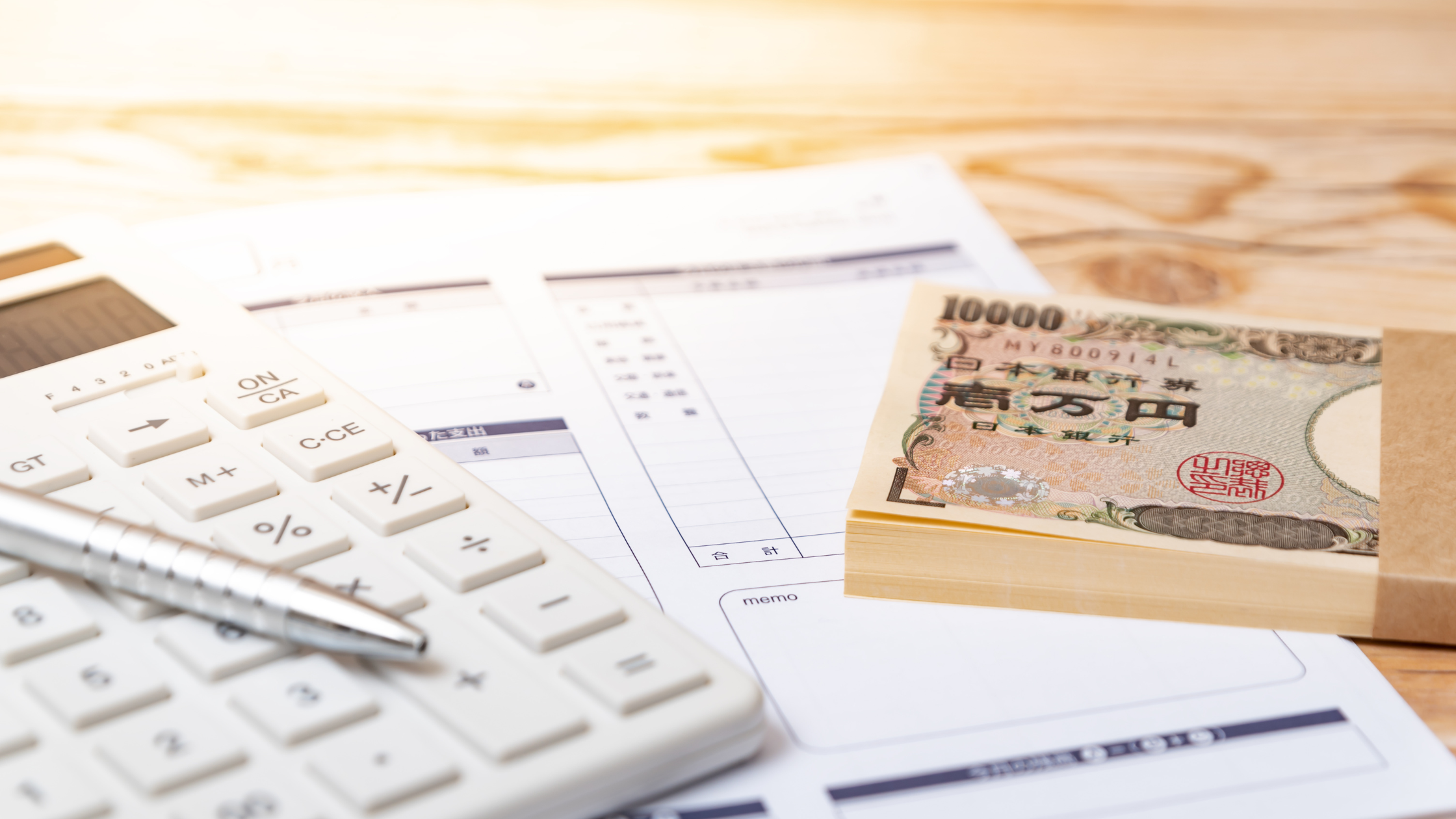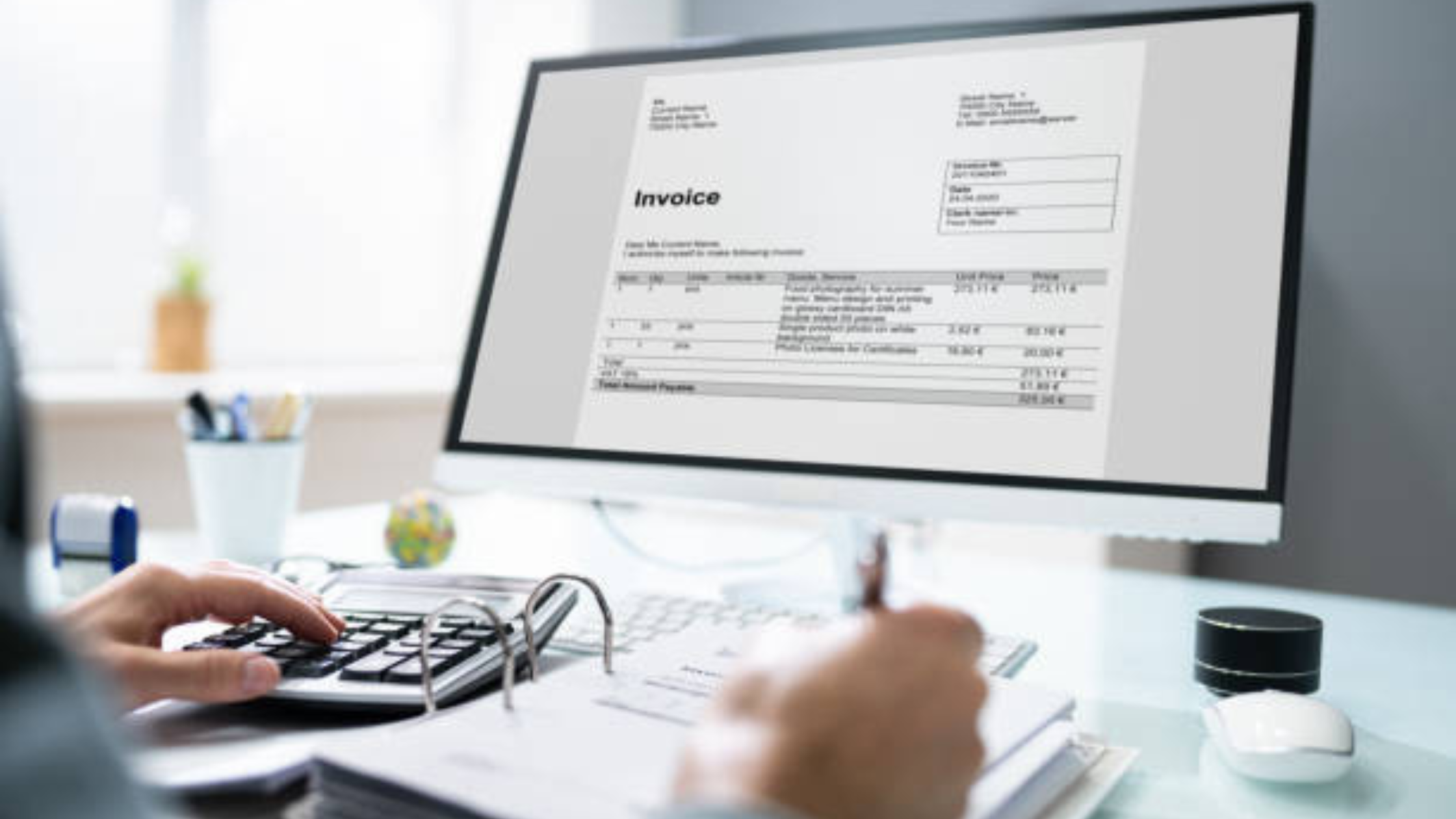Streamline Your Recharge Receipts

Optimizing Electronic Payment Records
In a rapidly digitizing world, the efficient management of electronic payment records has become essential. The guide presented here offers insights into optimizing the organization and tracking of digital top-ups across various platforms. By employing straightforward yet powerful strategies, individuals can simplify their financial history, ensure precision in their records, and enhance their budget management. This discussion emphasizes the significance of adopting a structured approach to handling payment receipts in today's dynamic digital realm. From utilizing specialized applications to harnessing cloud-based storage solutions, this introduction lays the groundwork for exploring pragmatic techniques to streamline the management of electronic transactions. With a focus on enhancing convenience, security, and accessibility, this resource aims to equip individuals with the tools needed to seize control of their financial interactions and embrace a more structured digital payment ecosystem.
Importance of Clear Receipts
Keeping track of your expenses is more crucial than ever. One of the key elements in effectively managing your finances is maintaining clear receipts. This blog section will explore the significance of having clear receipts in various aspects of personal and business finance.
Easy Tracking of Expenses
Keeping clear receipts makes it easier to track your expenses. Whether it's for personal budgeting or business accounting, having a record of all your transactions helps you understand where your money is going and identify areas where you can cut back. Moreover, with the advancement of technology, digital receipts are becoming more common, offering convenience and accessibility for tracking expenses on-the-go.
Proof of Payment
Clear receipts serve as proof of payment. In case of disputes or discrepancies, having a clear receipt can help resolve issues quickly and efficiently. It provides a tangible record of the transaction, including the date, amount, and items purchased. Additionally, in the digital age, electronic receipts are gaining popularity, providing secure and easily retrievable proof of transactions.
Budget Management
Clear receipts play a vital role in effective budget management. By organizing and categorizing your receipts, you can analyze your spending patterns, set realistic financial goals, and make informed decisions about your future expenses. Furthermore, leveraging digital tools like expense tracking apps can streamline the process of managing receipts and budgeting, offering real-time insights into your financial health.
Audit Trail and Tax Compliance
Beyond personal finance, clear receipts are essential for businesses to maintain an audit trail and ensure compliance with tax regulations. Properly documented receipts not only facilitate internal auditing processes but also safeguard businesses during tax audits by providing verifiable evidence of expenditures.
Clear receipts are not just pieces of paper; they are valuable tools that can help you take control of your finances and achieve your financial objectives. Make it a habit to collect and store your receipts properly to reap the benefits of better financial management. Embrace both traditional and digital receipt-keeping methods to enhance your financial literacy and empower your financial decisions.
How to Create Recharge Receipts
Digital Tools for Generating Receipts
There are numerous tools available online that can help you generate recharge receipts efficiently. These tools are designed to simplify the process and make it convenient for both businesses and individuals. Some popular digital tools for creating recharge receipts include online receipt generators, accounting software like QuickBooks and FreshBooks, and even mobile apps that allow you to generate receipts on the go.
Customization Options
One of the key advantages of using digital tools for generating recharge receipts is the ability to customize them according to your specific requirements. You can add your logo, company name, contact information, and even tailor the design to match your brand identity. Additionally, some tools offer advanced customization options such as multiple templates, color schemes, and font choices to make your receipts more professional and personalized.
Information to Include
When creating recharge receipts, it is essential to include certain key information to make the receipt comprehensive and useful. Apart from the date and time of the recharge, the amount paid, and the payment method used, consider including details like the purpose of the recharge (e.g., mobile top-up, internet subscription), the recipient's name or account number, and any promotional messages or discounts applied. Including a breakdown of the charges, including taxes and fees, can also help in providing transparency to the recipient.
Importance of Accurate Receipts
Creating accurate recharge receipts is crucial for both businesses and individuals. For businesses, maintaining detailed and organized receipts helps in accounting, budgeting, and auditing processes. Accurate receipts also serve as proof of transactions and can be used for tax purposes. On the other hand, individuals benefit from keeping track of their expenses, monitoring their usage patterns, and ensuring they are charged correctly.
Compliance and Legal Requirements
In some industries or regions, there are specific compliance and legal requirements regarding the format and content of receipts. It is important to be aware of these regulations and ensure that your recharge receipts meet the necessary standards. This may include including specific details like the seller's information, a unique serial number for each receipt, and adherence to data protection laws.
Best Practices for Creating Receipts
To create effective recharge receipts, consider following some best practices such as maintaining a consistent format across all receipts, using clear and simple language, and providing contact information for customer inquiries or support. Additionally, regularly reviewing and updating your receipt templates can help in improving efficiency and ensuring that all relevant information is included.
By leveraging digital tools, customizing receipts, and including comprehensive information, you can create professional and informative recharge receipts that benefit both your business and your customers.
Benefits of Organized Recharge Receipts
Efficient Expense Management
Keeping recharge receipts organized can significantly aid in managing expenses effectively. By having a clear record of all recharges and expenditures, it becomes easier to track where the money is being spent, identify any unnecessary costs, and make informed decisions to optimize spending.
Tax Purposes
Organized recharge receipts are crucial for tax purposes, especially for individuals or businesses looking to claim deductions or reimbursements. Having well-maintained receipts can serve as concrete evidence in case of any audits or inquiries from tax authorities, ensuring compliance and potentially reducing tax liabilities.
Simplified Reconciliation
When dealing with multiple recharges and transactions, maintaining organized receipts can simplify the reconciliation process. By cross-referencing receipts with bank or credit card statements, discrepancies or errors can be easily identified and rectified, leading to accurate financial records and better financial decision-making.
Improved Budgeting
Organized recharge receipts play a vital role in budgeting. They provide a detailed breakdown of expenses, allowing individuals and businesses to analyze their spending patterns. This analysis can help in creating realistic budgets, setting financial goals, and monitoring progress towards financial stability.
Enhanced Financial Awareness
By organizing recharge receipts, individuals develop a heightened sense of financial awareness. They become more conscious of their spending habits, which can lead to smarter financial choices. This awareness not only promotes better financial health but also fosters a sense of accountability towards personal or business finances.
Legal Compliance
For businesses, organized recharge receipts are essential for legal compliance. They serve as proof of transactions and can be crucial in audits or legal disputes. Maintaining a systematic record of receipts ensures transparency and integrity in financial dealings, safeguarding businesses from potential legal issues.
Streamlined Expense Reporting
Organized recharge receipts streamline the process of expense reporting. Whether for personal reimbursement or business purposes, having well-organized receipts simplifies the task of documenting and justifying expenses. This efficiency saves time and minimizes errors in expense reports.
Improved Record-Keeping
Efficient record-keeping is facilitated by organized recharge receipts. It enables easy retrieval of information for financial planning, analysis, or reference. Well-maintained receipts contribute to comprehensive financial records, aiding in audits, budget reviews, or investment decisions.
The benefits of maintaining organized recharge receipts extend beyond mere expense management. They encompass improved financial visibility, compliance with tax regulations, and strategic financial planning. By recognizing the value of organized receipts, individuals and businesses can enhance their financial well-being and make informed financial choices.
Section: Tips for Maintaining Receipts
In any business, maintaining receipts is crucial for financial record-keeping and tax purposes. Properly managing receipts can save you time and stress during tax season and help you keep track of your expenses. Here are some essential tips for effectively maintaining your receipts:.
Regularly Update Records: Make it a habit to update your receipt records regularly. This will ensure that you don't fall behind and have a mountain of receipts to organize later on. Set aside a specific time each week to reconcile and categorize your receipts to stay on top of your finances.
Secure Storage: Storing your physical receipts in a safe and organized manner is key to ensuring their longevity and accessibility. Consider investing in a fireproof and waterproof safe or lockbox to protect your important documents. For digital receipts, use encrypted storage solutions or reputable cloud services with secure backups to safeguard your data.
Backup Options: While physical receipts are necessary for some transactions, having digital backups can provide an extra layer of security and convenience. Explore various digital receipt management apps that offer features like OCR (optical character recognition) for easy searching and sorting. Additionally, consider using accounting software that integrates receipt scanning and storage for seamless expense tracking.
Expense Tracking Tools: Utilize expense tracking tools and software to streamline your receipt management process further. These tools can automate receipt capture, categorization, and reporting, saving you time and reducing the likelihood of errors in your financial records. Look for platforms that offer mobile accessibility for on-the-go receipt management.
Retention Guidelines: Familiarize yourself with the retention guidelines for different types of receipts to ensure compliance with tax laws and regulations. Some receipts may need to be kept for a specified period, while others can be securely disposed of after a certain time. Implement a systematic approach to archiving and purging receipts to maintain an organized record-keeping system.
In addition to the above tips, it's important to understand the benefits of maintaining detailed records of your expenses. Proper receipt management not only helps during tax season but also provides valuable insights into your spending habits, allowing you to make informed decisions about your business finances. By keeping accurate and up-to-date records, you can easily track deductible expenses, identify potential cost-saving opportunities, and monitor your cash flow effectively.
Furthermore, consider implementing a digital filing system for your receipts to enhance accessibility and reduce clutter in your workspace. Digital receipts can be easily sorted, searched, and backed up, providing a convenient alternative to traditional paper receipts. Remember to regularly review and reconcile your digital receipts to ensure accuracy and completeness in your financial records.
Lastly, don't underestimate the importance of organizing your receipts by categories or projects. By labeling and grouping your receipts based on their purpose or expense type, you can simplify the process of tracking and analyzing your expenditures. This categorization also facilitates budgeting, financial planning, and performance evaluation, giving you a holistic view of your business's financial health.
By incorporating these additional strategies and best practices into your receipt maintenance routine, you can optimize your financial record-keeping processes, mitigate risk, and maximize the benefits of accurate expense tracking for your business growth and success.
Conclusion
By implementing digital solutions and automating the process of generating and organizing recharge receipts, businesses can significantly streamline their operations, save time, reduce errors, and improve overall efficiency. Embracing technology in this aspect not only benefits the company but also enhances the customer experience by providing faster and more accurate service. It is evident that modernizing recharge receipt management is a crucial step towards a more sustainable and agile business model in today's fast-paced world.







